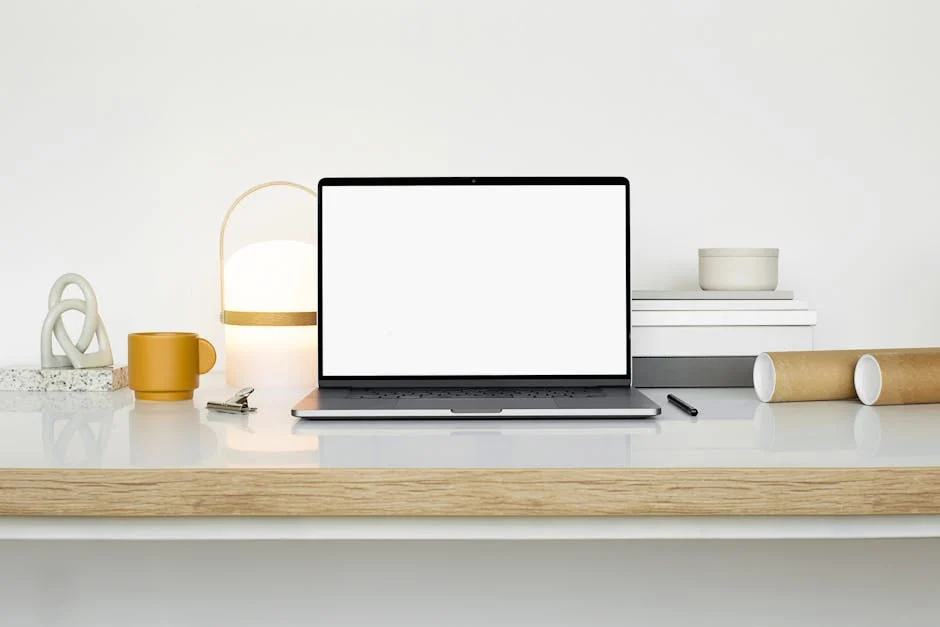Design Like a Pro: Modern Minimalist Design Tips from Leading Interior Architects
Introduction
Minimalist design, often associated with sleek lines and uncluttered spaces, is more than just a trend; it’s a philosophy. Leading interior architects are redefining minimalism, blending functionality with aesthetics to create serene and sophisticated environments. This article unlocks their secrets, providing actionable tips to help you design like a pro.
The Core Principles of Modern Minimalist Design
Less is More, But Quality Matters
Minimalism isn’t about empty rooms. It’s about intentionality. Focus on a few high-quality, well-chosen pieces rather than filling the space with clutter. Invest in durable materials and timeless designs that will last for years.
- Prioritize function over form, but don’t sacrifice aesthetics.
- Choose pieces that serve multiple purposes.
- Avoid impulse purchases. Carefully consider each addition.
Embrace Neutral Color Palettes
Neutral colors form the foundation of minimalist interiors. Think whites, grays, beiges, and soft pastels. These colors create a calming and spacious atmosphere.
- Introduce subtle variations in texture to add depth to a monochromatic scheme.
- Use pops of color sparingly as accents.
- Consider the natural light in the room when selecting your color palette.
Maximize Natural Light
Natural light is essential for creating a bright and airy minimalist space. Avoid heavy window treatments that block sunlight. Instead, opt for sheer curtains or blinds that allow light to filter through.
- Position furniture to take advantage of natural light sources.
- Use mirrors strategically to reflect light and create the illusion of more space.
- Keep window sills clear of clutter to maximize light penetration.
Focus on Clean Lines and Simple Shapes
Minimalist design emphasizes clean lines and geometric shapes. Choose furniture and accessories with simple, uncluttered silhouettes. Avoid ornate details and embellishments.
- Look for furniture with straight lines and smooth surfaces.
- Incorporate geometric patterns in rugs or artwork for visual interest.
- Keep accessories to a minimum and choose pieces that complement the overall aesthetic.
Declutter and Organize
This is the cornerstone of minimalist design. Everything should have its place. Implement smart storage solutions to keep your space tidy and organized. Regularly declutter to eliminate unnecessary items.
- Invest in storage furniture like ottomans with hidden compartments or wall-mounted shelves.
- Use baskets and bins to organize smaller items.
- Develop a habit of decluttering regularly, getting rid of anything you no longer need or use.
Advanced Minimalist Design Techniques
Creating a Focal Point
Even in a minimalist space, a focal point can draw the eye and add visual interest. This could be a piece of artwork, a statement light fixture, or a striking piece of furniture.
Adding Texture and Warmth
Minimalism can sometimes feel cold and sterile. Incorporate texture and warmth by using natural materials like wood, linen, and wool. Layering different textures can add depth and dimension to the space.
Embrace Negative Space
Negative space, or empty space, is just as important as the objects in a minimalist design. Allow the room to breathe by leaving plenty of open space around furniture and accessories.
Conclusion
Designing like a pro in the realm of modern minimalism requires a thoughtful approach, prioritizing quality, functionality, and a keen eye for detail. By embracing these tips from leading interior architects, you can create a serene, stylish, and uncluttered space that reflects your personal aesthetic and promotes a sense of calm and well-being. Remember, minimalism is not just a style; it’s a lifestyle.














Post Comment